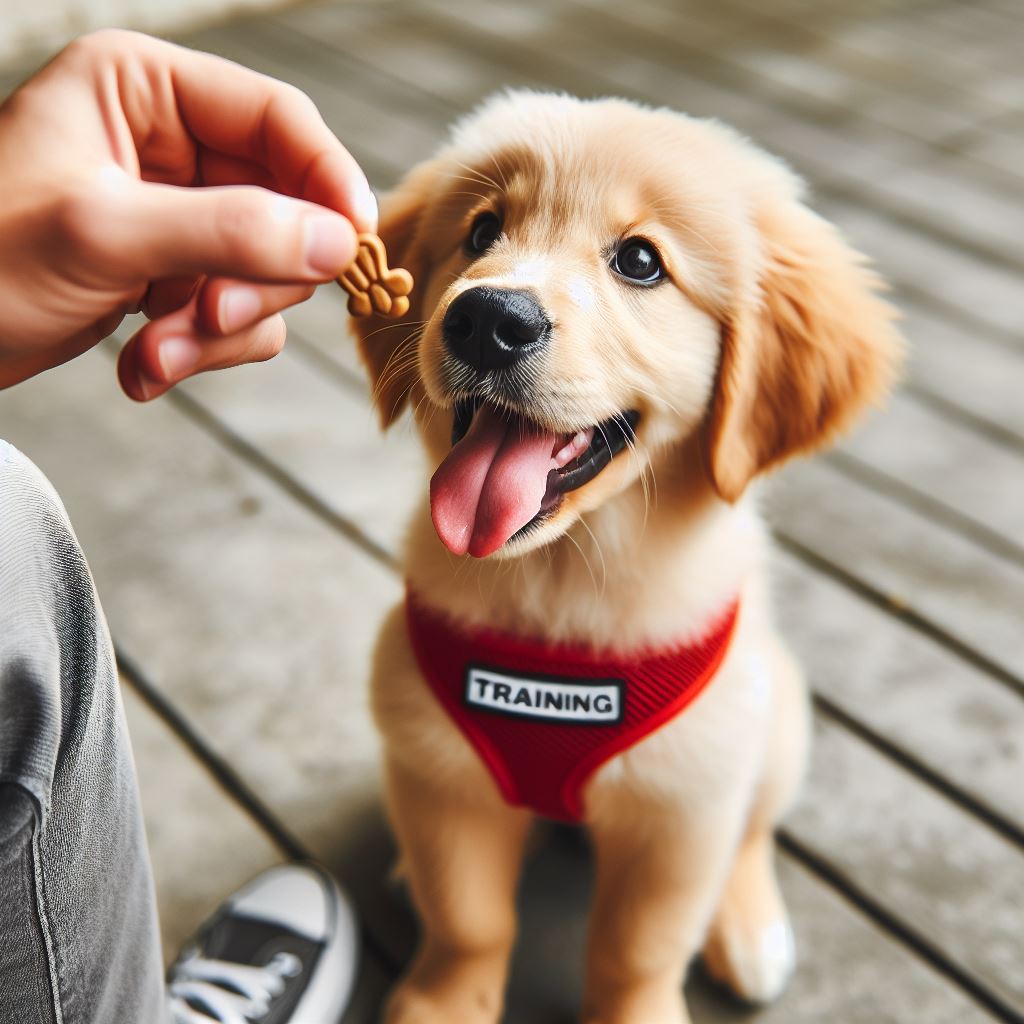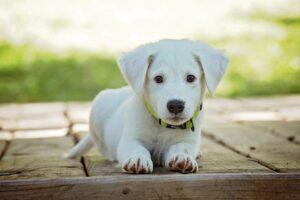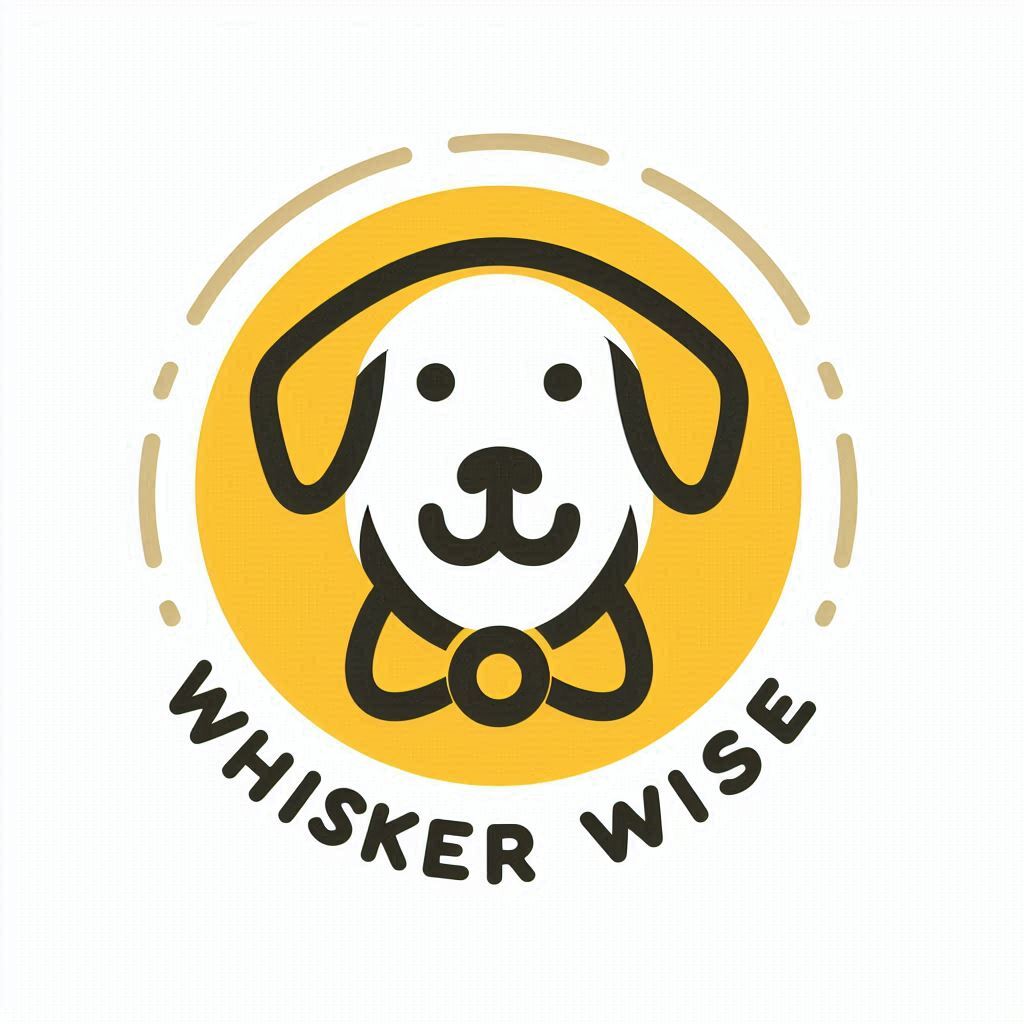Have you ever wondered if there’s a secret to training puppies that seem to instantly obey every command? Guess what? There is, and it revolves around a powerful technique called positive reinforcement. Simply put, it’s about rewarding desirable behaviors, which increases the likelihood of those behaviors being repeated.
Positive reinforcement is grounded in the scientific study of animal behavior. It leverages the principles of operant conditioning, a theory proposed by psychologist B.F. Skinner. Whenever your puppy does something good, like sitting on command, you reward them. That treat or praise acts as a positive reinforcement, effectively ‘marking’ the good behavior for your puppy.

Many new pet owners confuse positive reinforcement with simply being kind or indulgent to their pets, but there’s more to it than just handing out treats. It’s essential to make the distinction between positive and negative reinforcement. Positive reinforcement introduces something pleasant following the desired action, whereas negative reinforcement involves removing an unpleasant stimulus after the correct behavior. For young dogs, positive reinforcement is far more than a nice-to-have; it’s a crucial ingredient in their development and learning process.
In the world of puppy training, positive reinforcement is king for a very good reason. It not only empowers puppies to learn effectively but also strengthens the bond between you and your pet. As we transition to the next section, you’re going to find out about how to set the stage correctly to train your puppy using positive reinforcement techniques.
Setting Up for Success: Getting Started with Positive Reinforcement
You’re going to find out about how to lay the foundation for a well-trained puppy through positive reinforcement. This isn’t just about giving treats; it’s about creating a bond with your puppy that’s built on trust and mutual respect.
In my opinion, the first step is selecting the right rewards. Choose something that resonates with your puppy. For most, a small, tasty treat does the trick, but others may respond better to toys or verbal praise. Pay attention to what your puppy gets excited about.
Timing is also critical. Reward your puppy immediately after they exhibit a desired behavior. This way, they clearly associate the reward with the action. Delayed rewards might confuse your pup, making it harder for them to learn.
Consistency is your best friend in the world of puppy training. Every time your puppy performs the desired behavior, they should be rewarded. This helps reinforce what you’re teaching and accelerates the learning process.
Building a positive reinforcement schedule will structure the training sessions and ensure your puppy doesn’t get overloaded. Puppies have short attention spans, so multiple, brief sessions each day are better than one long one. Remember, keep it light and fun!
With these steps in mind, your puppy will begin to understand what behaviors are rewarded. But don’t worry too much about getting it perfect from day one. You can always adjust your approach down the road as you become more in tune with your puppy’s personality.
Common Misconceptions and Challenges in Positive Reinforcement Training
I’m here to help you navigate through some common myths that might be slowing down your puppy training progress. Believe it or not, positive reinforcement isn’t about showering your puppy with treats for no reason. It’s a strategic method that, when misunderstood, can lead to some confusion and less-than-ideal outcomes.
You’re going to find out about some prevalent misunderstandings. For instance, some people think that positive reinforcement can make a puppy overly dependent on treats. However, the goal is to use treats as a stepping stone to good behavior, not a permanent crutch.
Another area where misconceptions arise is the idea that positive reinforcement doesn’t involve any form of discipline. In my opinion, discipline doesn’t have to be negative or punitive – it’s about guiding your puppy toward the desired behavior in a supportive, non-threatening way.
As for challenges, it’s not unusual to feel a bit overwhelmed or frustrated, especially if your puppy doesn’t seem to be responding as you’d hoped. Dogs, like people, have varied learning curves. Don’t worry too much about it. Consistency and patience are your best friends here.
Keeping your training sessions exciting is crucial. Mix things up to keep your puppy engaged. This isn’t just about maintaining their interest, it’s also about ensuring they can respond to commands in different environments and situations.

If you hit a roadblock, it’s okay to seek help. A certified dog trainer or behaviorist can provide valuable guidance. Remember, your first attempt doesn’t need to be your last – you can always adjust your approach down the road based on expert advice and your puppy’s unique personality.
I really hope that you understand better the nuances of positive reinforcement. It’s a powerful approach that, when done correctly, can foster a strong and trusting relationship between you and your furry friend. Next, we’ll dive into some advanced techniques to keep this journey exciting and beneficial for both of you.
Advanced Positive Reinforcement Techniques
I’m going to walk you through some advanced techniques that can help you level up your puppy’s training through positive reinforcement. But remember, your first attempt doesn’t need to be your last.
Building on what your puppy has already learned, it’s time to introduce more complex commands. Start with the basic commands they know and gradually increase the difficulty level. This isn’t just about adding new tricks to their repertoire, it’s also about enhancing their cognitive skills and deepening your bond.

You’re going to find out about transitioning from treats to life rewards. Over time, swap out constant treat giving for other types of rewards such as playtime, praise, or a favorite toy. This will ensure your puppy doesn’t become over-reliant on food rewards and understands that good behavior is intrinsically rewarding.
If you want to add a new dimension to your training, consider clicker training. It’s a method that uses a sound as a precise marker to signal to your puppy that they’ve done something correctly. It’s great for teaching complex behaviors and offers a clear form of communication between you and your furry friend.
In my opinion, the key to ensuring long-term success with your training efforts lies in being patient and maintaining a consistent approach. Just don’t focus too much on perfection; choose something that resonates with you and your puppy. Remember, positive reinforcement isn’t just a training method, it’s a way to foster a lifelong loving relationship with your pet.
Kind Regards Tim
